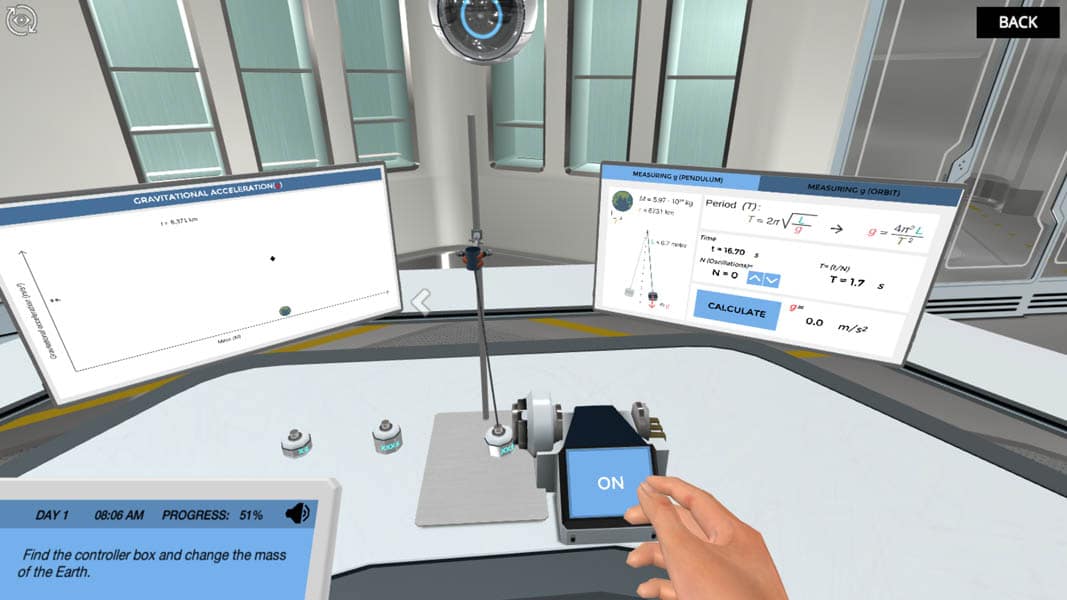

– Calculation: Now using equation g =(2 h) /t 2 we can determine the value of g. – When the ball falls through the second beam a known distance further down(h), the timer stops. – When the ball falls through the first beam, it interrupts the light, and the timer starts. The height or distance between the two beams is measured and recorded (h). Move the weight or piece of clay to some new place on the stick. Again support the stick on two fingers, and then slide your fingers together to locate the new center of gravity. Attach the weight or a piece of clay to some point on the stick. To go for the Light gates method we also need to have two light beams, one above the other, with detectors connected to a timer. Your fingers will meet under the stick’s center of gravity. So instead of these, we can use Light Gates to determine g. The electromagnet and trapdoor operation comes with some time delay.

Determine the value of g with Light Gates

Improvement of accuracy: The accuracy of this procedure may be improved by (i) using a heavier ball and (ii) a much longer drop. Inaccuracy: Inaccuracy in this experiment is caused by (i) the presence of air resistance and (ii) the slight delay in the release of the steel ball because the magnet takes some time to demagnetize. 1774, and the famous first laboratory measurement (1793-1798) by Cavendish. Timer value t is noted.Ĭalculation:The value for g is calculated from the height of the fall(h) and the time taken (t) data using the following motion equation: h= (½) g t 2 ….(i) => g =(2 h) /t 2 Most people learned the law of universal gravitation in high school. When the ball hits the trapdoor, the electrical contact is broken and the timer stops. in Action Worksheet Here is a worksheet to practice naming forces like gravity, lift, pushing and pulling. 2) The electromagnet demagnetizes and 3) the ball falls. Ideas to Experiment with Force and Motion. 1) A timer is triggered as soon as the current is switched off. Determining the value of g with Electromagnet and trapdoor


 0 kommentar(er)
0 kommentar(er)
